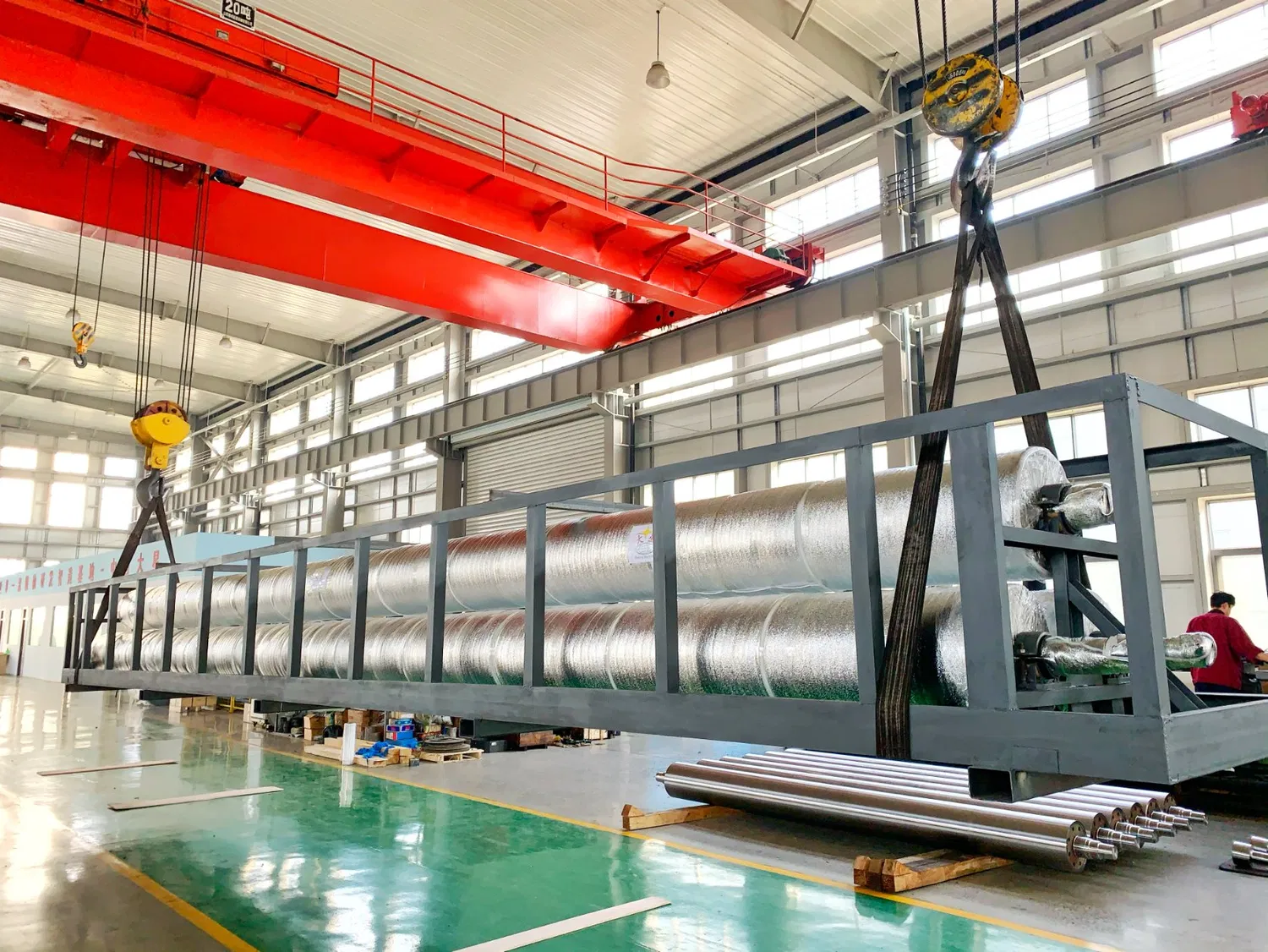Introduction to Paper Calendering Technology
Paper calendering technology is an essential paper finishing process that enhances the smoothness, gloss, and durability of paper. By subjecting the paper to high pressure and heat between a series of hard and soft rollers, calendering imparts a uniform finish that is ideal for various printing and packaging applications.
The Paper Calendering Process
The calendering process begins with the paper web being fed into the calendering machine. The paper passes through a series of rollers, typically arranged in a stack, which apply varying levels of pressure and heat. The number of rollers, their material, and the temperature can all be adjusted to achieve the desired finish on the paper.
Hard Rolls vs. Soft Rolls
- Hard rolls, usually made of steel or metal alloys, are used to impart smoothness and gloss to the paper surface.
- Soft rolls, typically composed of rubber, polyurethane, or cotton, help to reduce the paper's thickness and improve its flexibility.
Benefits of Paper Calendering Technology
Paper calendering technology offers several benefits, including:
- Enhanced print quality due to improved smoothness and uniformity
- Increased brightness and gloss for a more visually appealing finish
- Improved ink absorption and color reproduction
- Reduced paper thickness, resulting in lower material costs and better sustainability
Applications of Calendered Paper
Calendered paper is used in a wide range of applications, including:
- Magazine and catalog printing
- High-quality brochures and marketing materials
- Labels and packaging
- Writing and office papers
- Specialty papers for art and photography
Choosing the Right Calendering Technology
When selecting a paper calendering technology, it's essential to consider the specific requirements of your application. Factors such as paper type, desired finish, production speed, and cost will all play a role in determining the best calendering solution for your needs.



